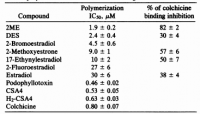Amazoniac
Member
Actually, zinc works by absorbing UV radiation, and iron probably doesn't affect absorbance too much with the exception of visible light. The major problem then seems to be the excitation from that radiation and the interaction with iron and skin unsaturated oils.


